50 women who broke barriers in the business world
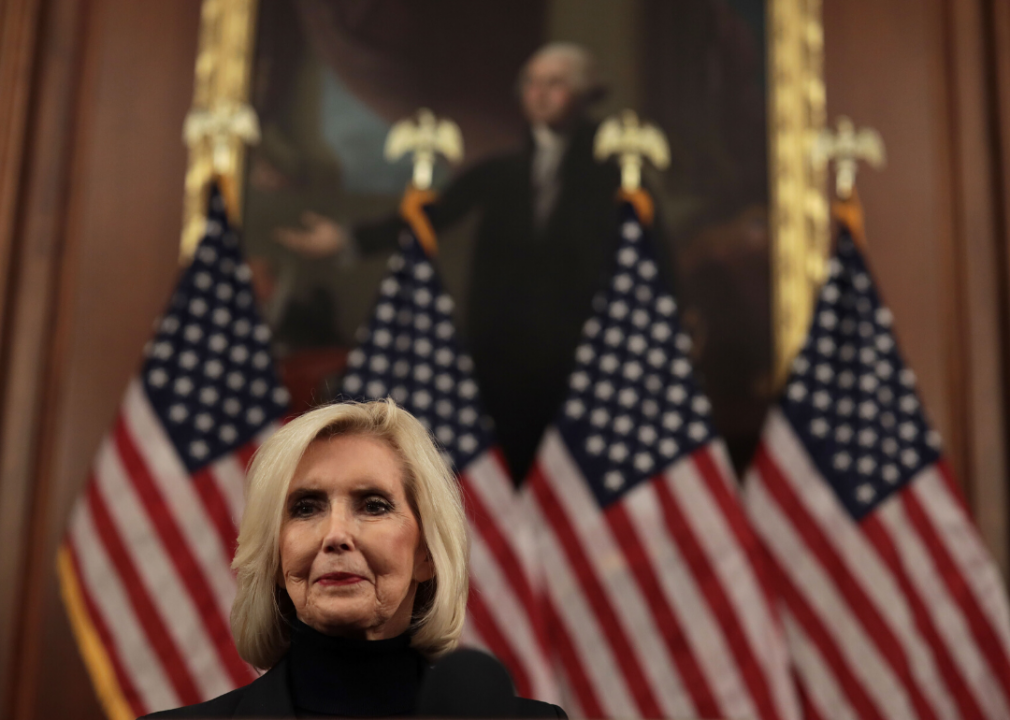
Alex Wong // Getty Images
50 women who broke barriers in the business world
The term “glass ceiling” was coined in the mid-1980s by management consultant Marilyn Loden. But long before the term existed, women faced all kinds of barriers to achieving occupational success outside the home.
Many women were denied access to higher education in the English-speaking world until the 18th and 19th centuries. Census data shows women have consistently been paid less than men for decades or longer. Some women also feel that they’ve missed out on promotions or job opportunities because of their gender. Career success for women has been a struggle throughout history.
However, the challenges haven’t stopped women from making incredible achievements: National Center for Education Statistics data shows women have earned more bachelor’s degrees than male students every year for four decades. Women have become executives of companies in male-dominated spaces, including finance, entertainment, and information technology. Every year, they come closer to closing the gender pay gap, according to the National Committee on Pay Equity—perhaps the most ubiquitous barrier for all women in the workplace, from the factory floor to the executive suite.
To honor advancements in gender equality in the workplace, Stacker compiled a list of 50 women who broke barriers in the business world. The list includes women from a variety of industries and a range of ethnicities and socioeconomic backgrounds. It features both historical figures and modern-day legends.
You may also like: 25 Black businesspeople who helped shape America
![]()

Evening Standard // Getty Images
Katharine Graham
Katharine Graham became the first woman to lead a Fortune 500 company, the Washington Post Company, in 1972. Graham elevated the newspaper’s standard of investigative journalism, which uncovered the Watergate scandal under her leadership.
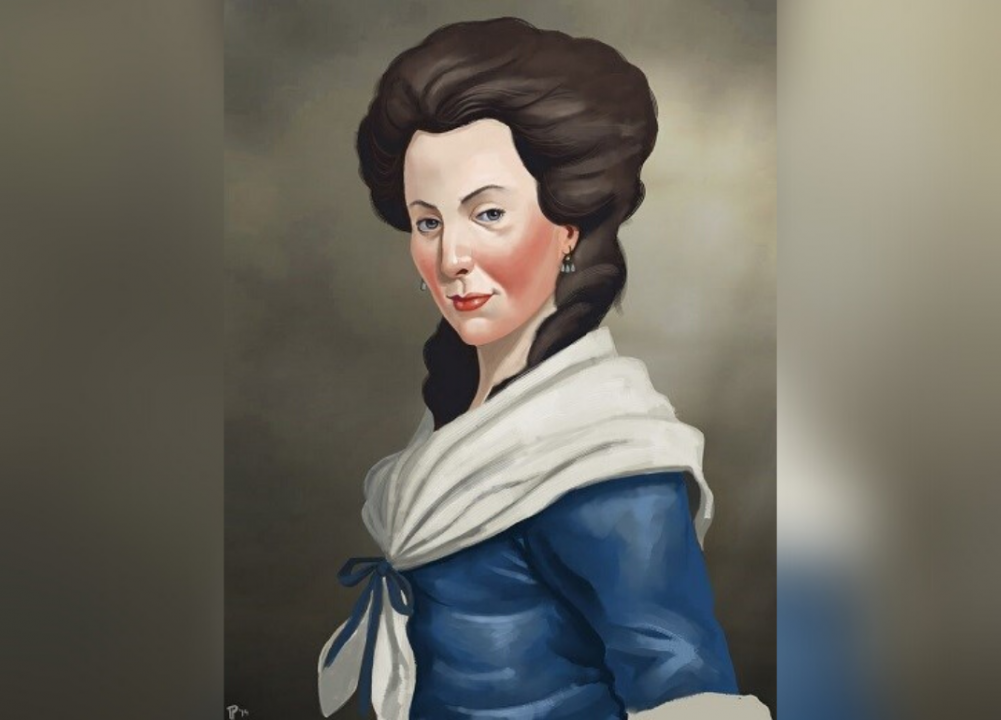
www.nps.gov
Eliza Lucas Pinckney
South Carolina didn’t add the first woman into its Business Hall of Fame until 1989—some 250 years after the inductee, Eliza Lucas Pinckney, made some major business accomplishments. The Antigua-born agriculturalist is best-known for popularizing blue indigo dye in continental North America and helping to turn the pigment into the second-biggest export crop in South Carolina in the mid-18th century.
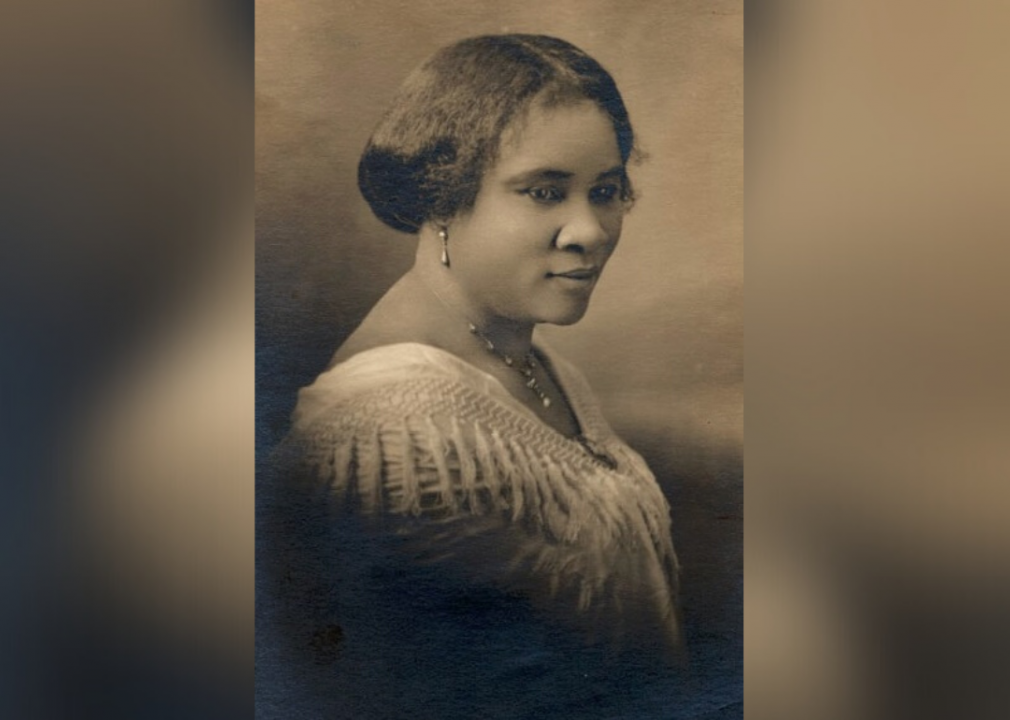
Scurlock Studio (Washington, D.C.) // Wikimedia Commons
Madam C.J. Walker
Born in 1867 to sharecroppers, Madam C.J. Walker launched a collection of hair products for African American women at age 38. The company became a rapid success, turning Walker into one of the richest African American women of the time. In 1917, she established the National Negro Cosmetics Manufacturers Association and used her wealth and power to advocate for Black women’s economic independence.
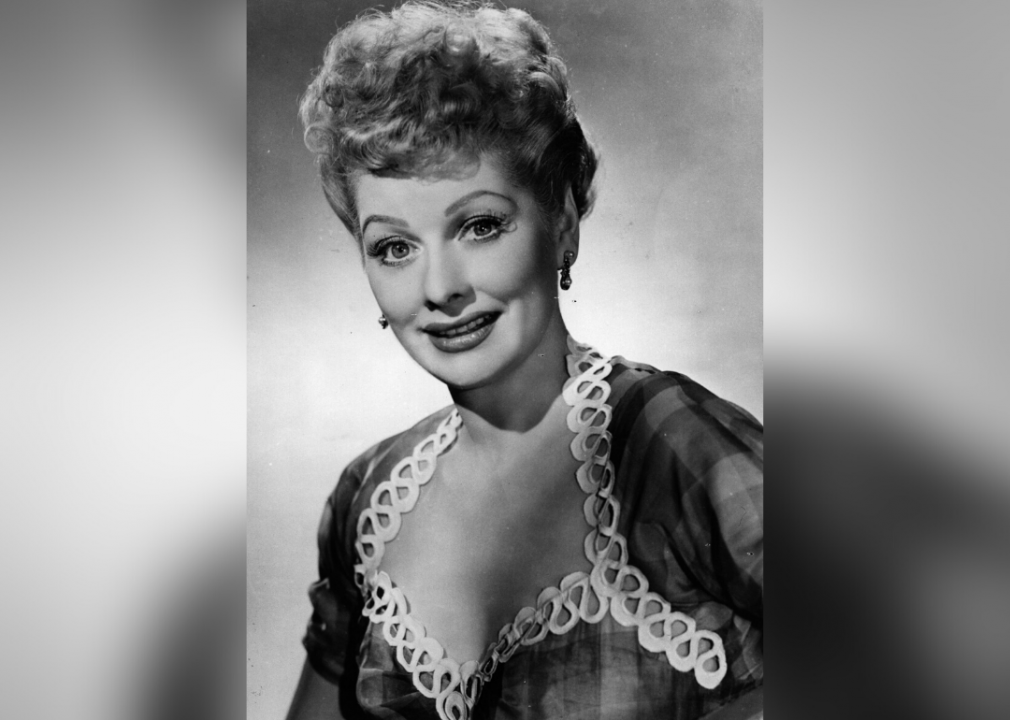
Evening Standard // Getty Images
Lucille Ball
Lucille Ball was more than just the lovable star of “I Love Lucy” in the 1950s. After her divorce from Desi Arnaz, she bought her ex-husband out of their company, Desilu Productions, thereby becoming the first woman to have ownership over a major television studio. The production techniques she helped develop—from shooting in front of a live audience and using multiple cameras—are still in use today.
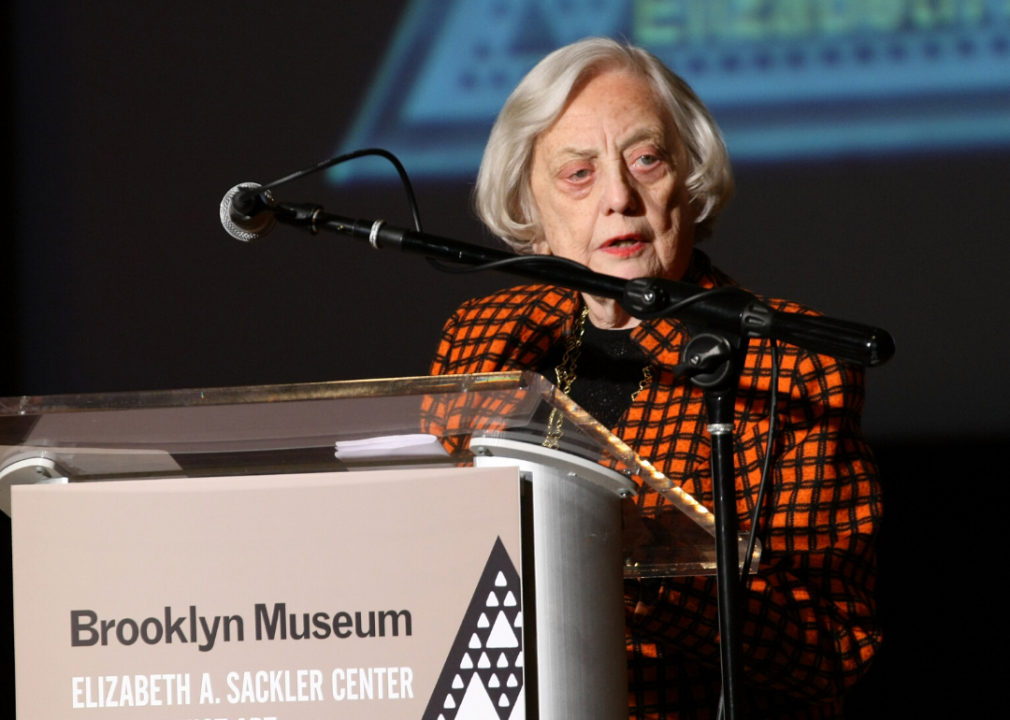
Neilson Barnard // Getty Images
Muriel Siebert
Despite never earning a college degree, Muriel Siebert became the first female member of the New York Stock Exchange on Dec. 28, 1967. She stayed the only woman out of more than 1,360 men on the stock exchange for a decade. She successfully lobbied to get a women’s restroom installed on the New York Stock Exchange’s seventh floor, the location of the building’s lunch club.
You may also like: Best states to start a business
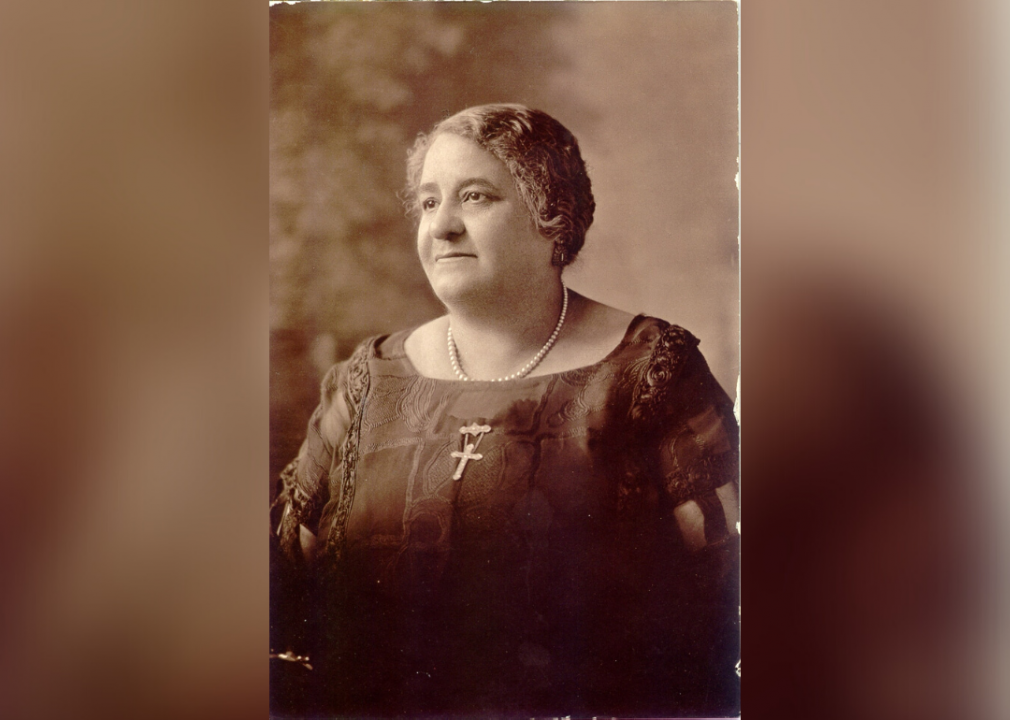
National Park Service // Flickr
Maggie L. Walker
Born to enslaved parents, Maggie L. Walker paved the way for women in finance when she became the first woman to establish a bank in the United States in 1903. Walker’s St. Luke Penny Savings Bank became an important symbol of self-help for African Americans in the segregated South.
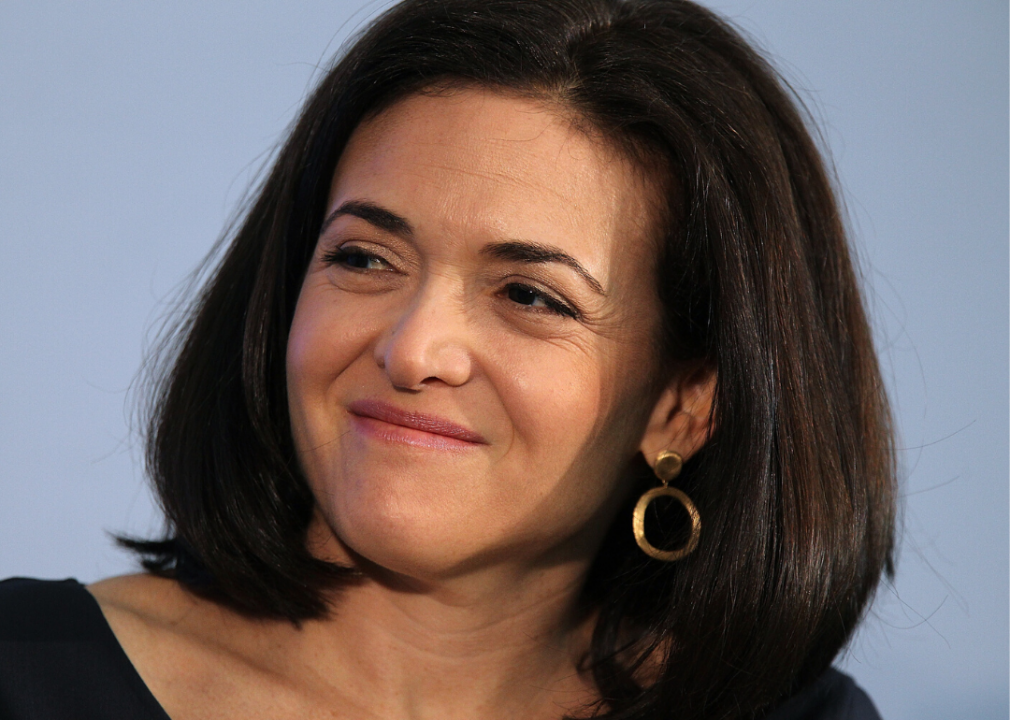
Justin Sullivan // Getty Images
Sheryl Sandberg
Sheryl Sandberg was the first woman elected to Facebook’s board of directors in 2012, four years into her tenure as the social media company’s chief operating officer. She remains COO of Meta Platforms today. Her book “Lean In”—which explained how women could achieve success in male-dominated businesses—became a best-seller the following year.
Sandberg dealt with blowback over her role overseeing a lobbying campaign to silence critics of Facebook users’ personal information being harvested by Cambridge Analytica. She was also called to Washington D.C. in September 2018 to testify about Facebook’s responsibility in Russia’s interference into the 2016 election.
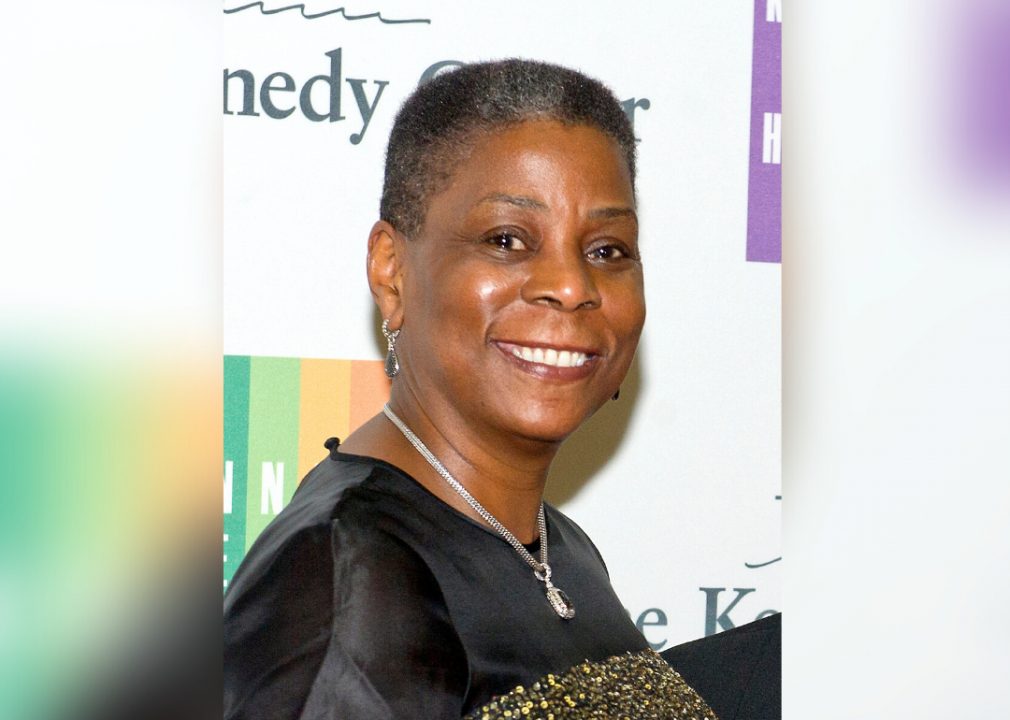
Pool // Getty Images
Ursula M. Burns
The American corporate world didn’t get its first Black woman chief executive until 2009 when Ursula M. Burns was appointed leader of Xerox. After leaving Xerox, she became chairperson and chief executive at VEON. Today, she is a director of the boards of Exxon Mobil, Nestlé, and Uber.

Novikov Aleksey // Shutterstock
Beth Mooney
Beth Mooney became the first woman to serve as chief of a top-20 U.S. bank when she took leadership of KeyCorp in 2011. In 2015, KeyCorp struct a deal to acquire $40 billion-asset First Niagara Financial Group for $4.1 billion—the company’s biggest deal ever. The sale closed in late 2016. Mooney announced her retirement from the role in May 2020.
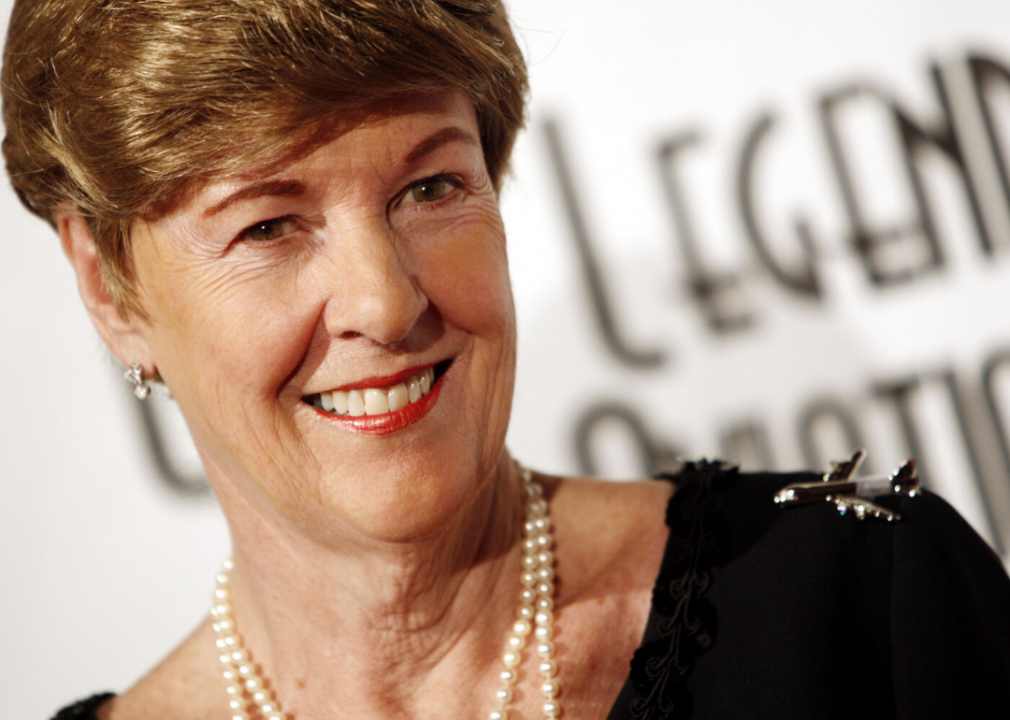
Kevin Winter // Getty Images
Emily Howell Warner
Long-relegated to the role of flight attendants, women had their path to becoming captains paved when Emily Howell Warner became the first permanent woman pilot for a passenger airline in the U.S. in 1973. A year later, she entered the Air Line Pilots Association as its first female member and eventually became a Federal Aviation Administration examiner.
You may also like: College majors that make the most money
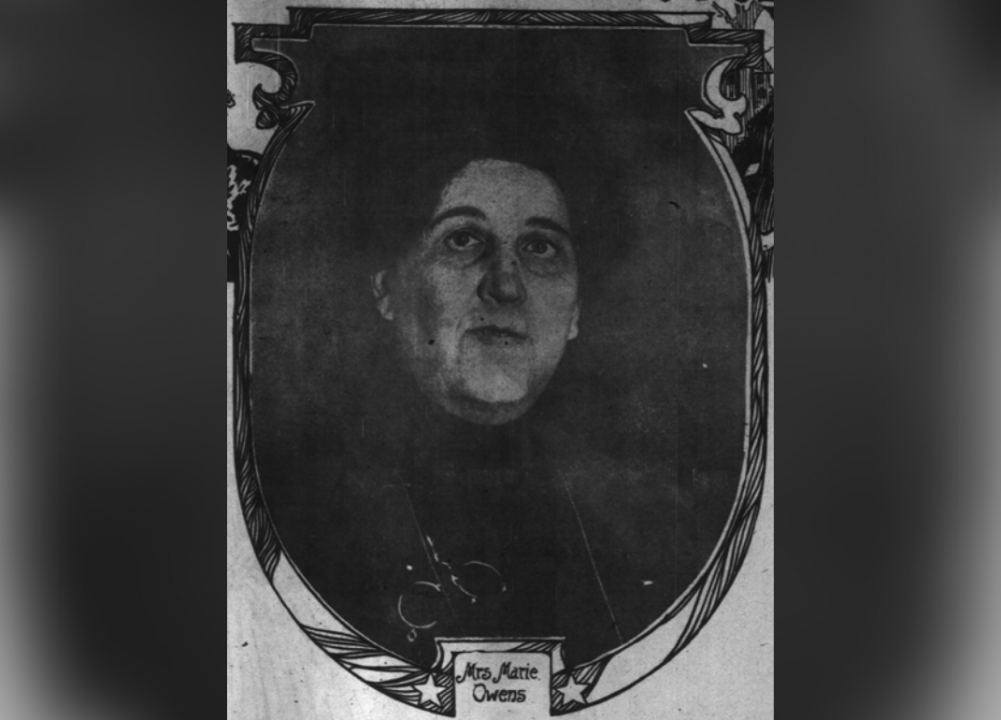
Public Domain
Marie Owens
Marie Owens is considered to have been the first female police officer in the United States. The Chicago Police Department hired her in 1891 to help enforce child labor laws.
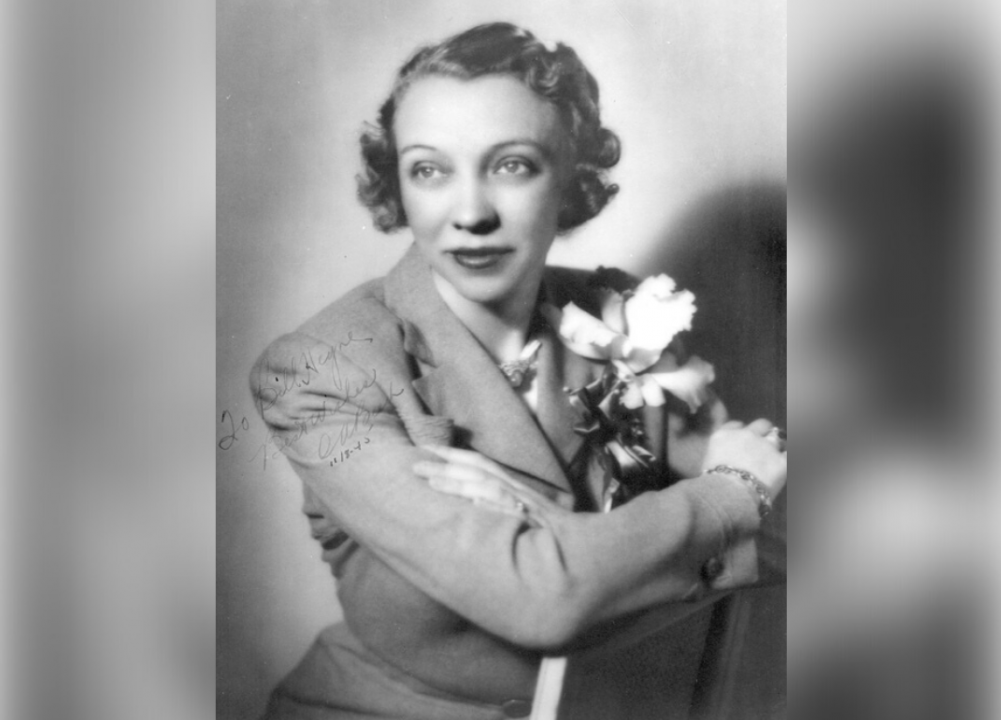
SDASM Archives // Wikimedia Commons
Olive Ann Beech
The first female leader of a major aircraft company was Olive Ann Beech, who co-founded Beech Aircraft Company and took over the presidency when her husband died in 1950. With Beech at the helm, the company started supplying NASA with high-tech systems for space flights and saw its sales hit record highs.
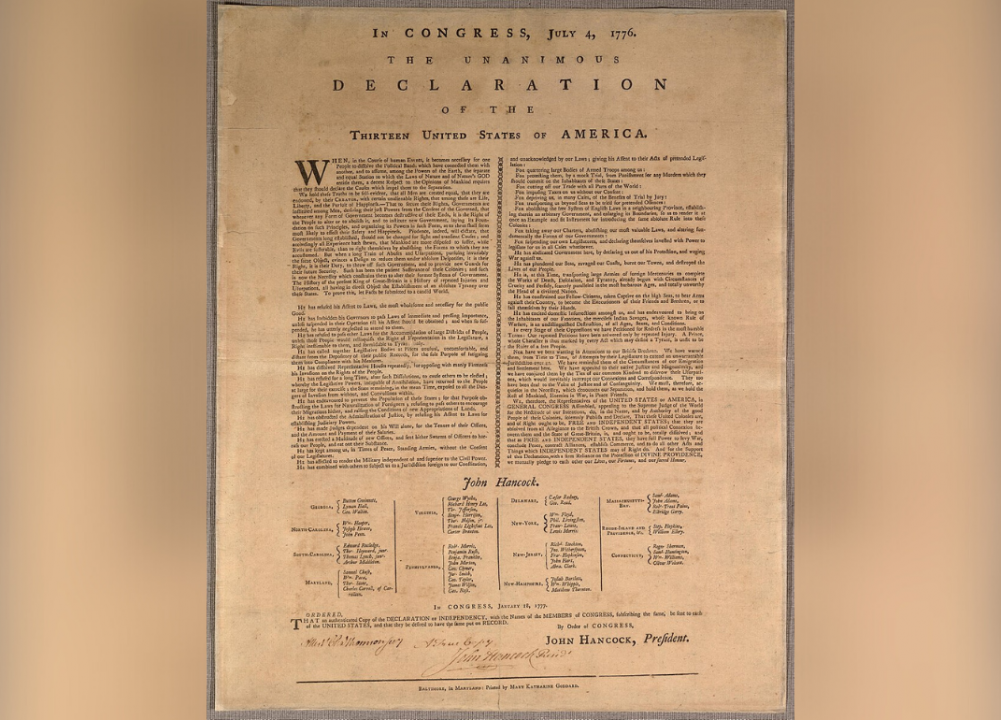
Public Domain // Wikimedia Commons
Mary Katherine Goddard
Mary Katherine Goddard was a business pioneer in early America. She became the nation’s first woman publisher in 1766, and the first woman postmaster in 1775. She also printed the Declaration of Independence’s first copy, perhaps the most famous of Goddard’s many accomplishments.
[Photo: Copy of the Declaration of Independence printed by Mary Katherine Goddard.]
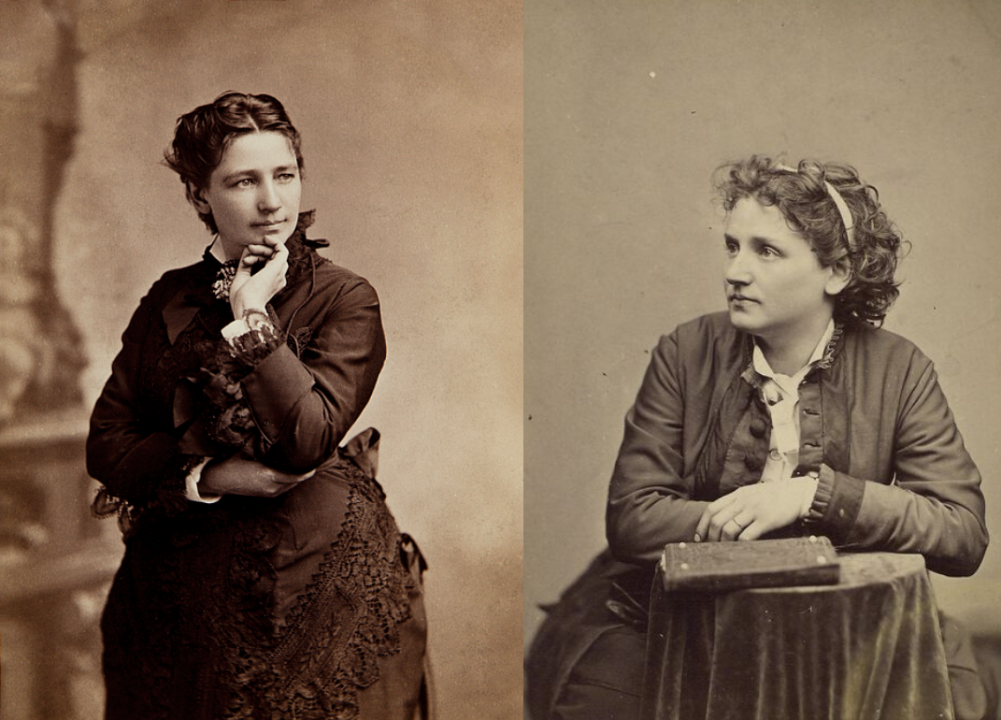
Bradley & Rulofson // Wikimedia Commons;Tucker Collection // Wikimedia Commons
Victoria Woodhull and Tennessee Claflin
Sisters Victoria Woodhull and Tennessee Claflin founded the nation’s first women-run brokerage firm, Woodhull, Claflin & Company, in 1870. They would use some of their profits to found a newspaper that covered women’s issues, such as suffrage, labor reform, and prostitution.
[Photo: Victoria Woodhull and Tennessee Claflin.]
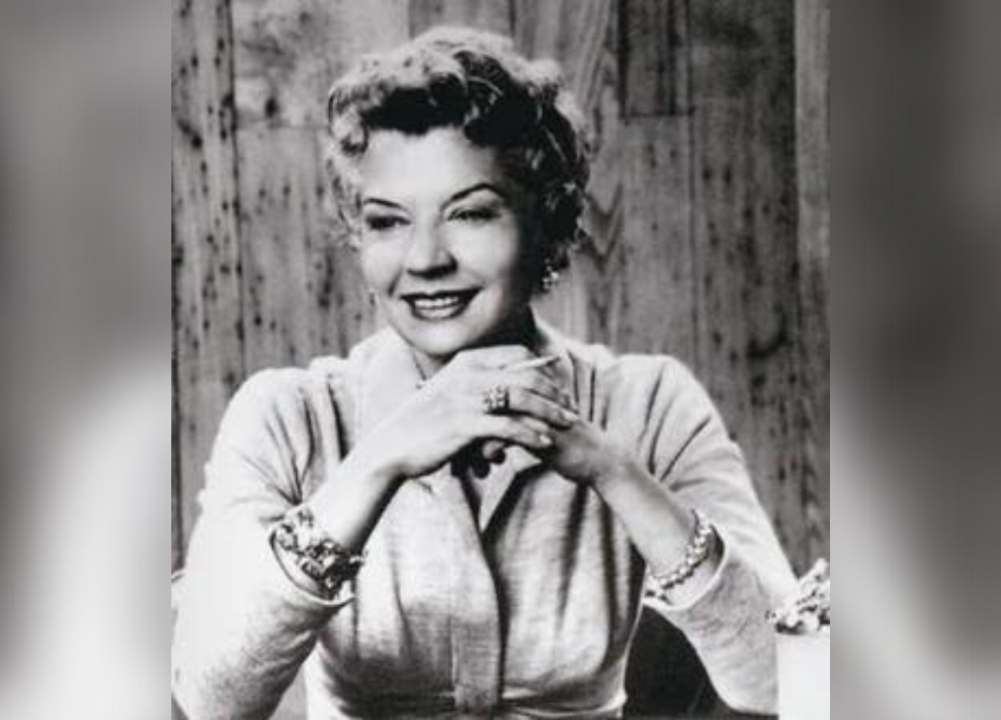
Public Domain // Wikimedia Commons
Brownie Wise
Brownie Wise developed the secret sauce behind Tupperware’s sales when she developed its “party plan” marketing system—proving that some products can be sold more effectively when presented at home parties than at a traditional retail store. Her tactic influenced the sales method used at a variety of other companies, including Mary Kay Cosmetics.
You may also like: Best value colleges in America
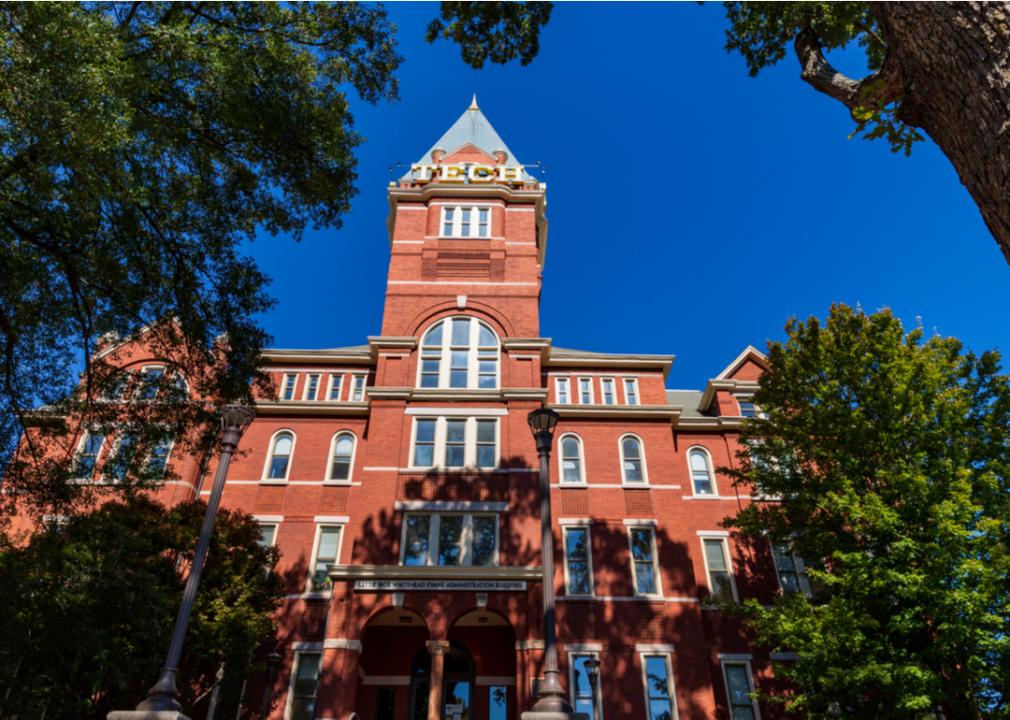
Mistercontributer // Wikimedia Commons
Lettie Pate Whitehead
Lettie Pate Whitehead was appointed to The Coca-Cola Company’s board of directors in 1934, making her one of the first women directors of a major American corporation. She held the position for almost two decades. She also made generous donations to organizations that support the arts, education, and medicine.
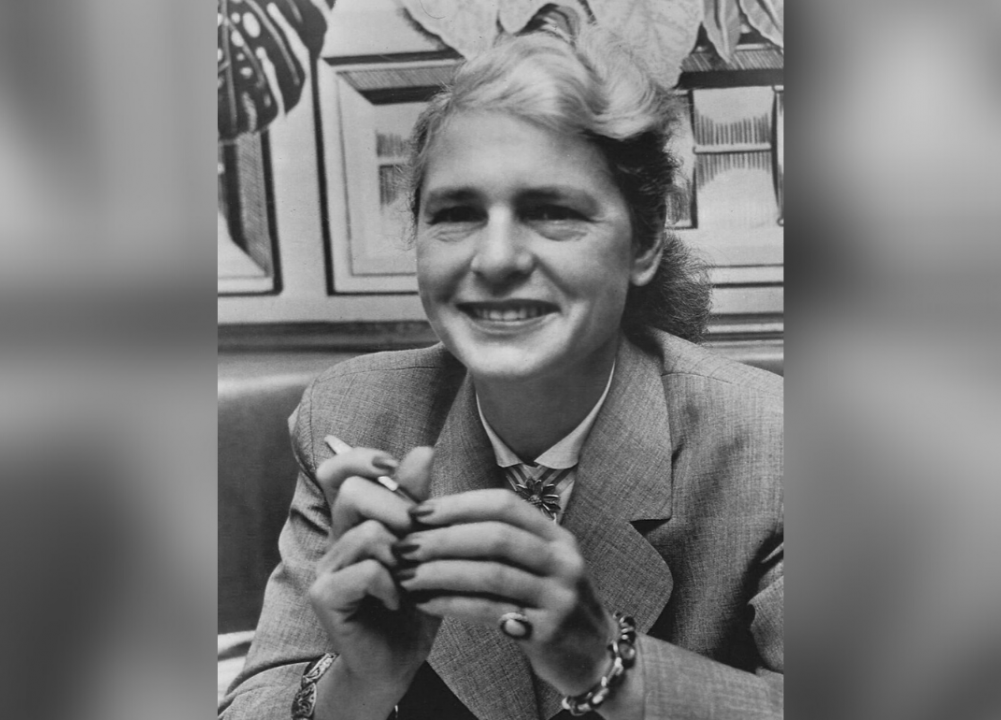
Bureau of Industrial Service // WIkimedia Commons
Margaret Bourke-White
War photography was no longer only a man’s job after Margaret Bourke-White grabbed her camera and started covering World War II battles and refugee camps. The first woman war photographer, Bourke-White shot images for Life Magazine and even survived a torpedo attack.
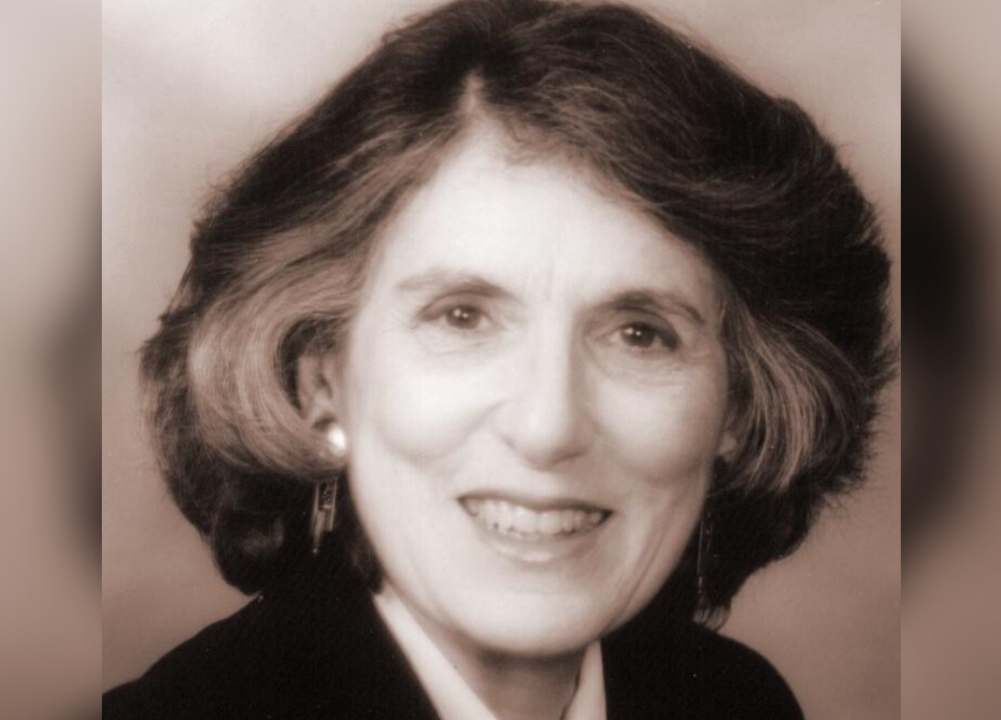
Dlu776 // Wikimedia Commons
Dana L. Ulery
When NASA Jet Propulsion Laboratory hired Dana L. Ulery in 1961, it was the first time the organization was open to women engineers. She developed algorithms for NASA’s Deep Space Network and worked to automate real-time tracking technology for various space missions.
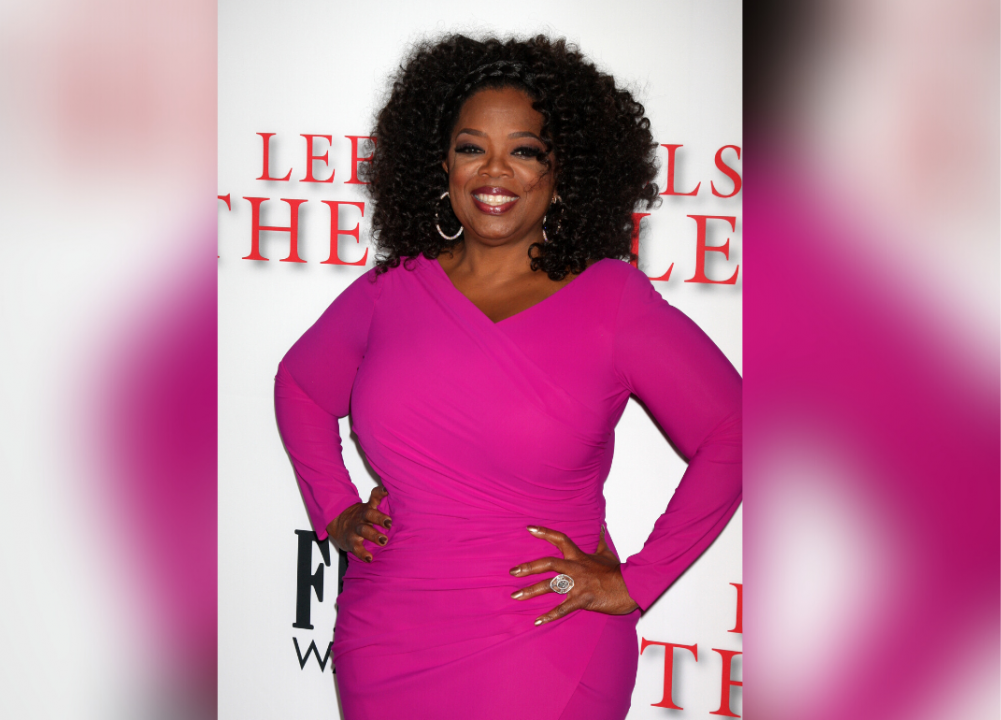
Kathy Hutchins // Shutterstock
Oprah Winfrey
Television changed when Oprah Winfrey came on the scene. At just 19 years old, she became WTVF-TV’s first (and youngest) Black anchor. She went on to own and produce a talk show—a first for women in the industry. Today she is among the wealthiest people in the world.
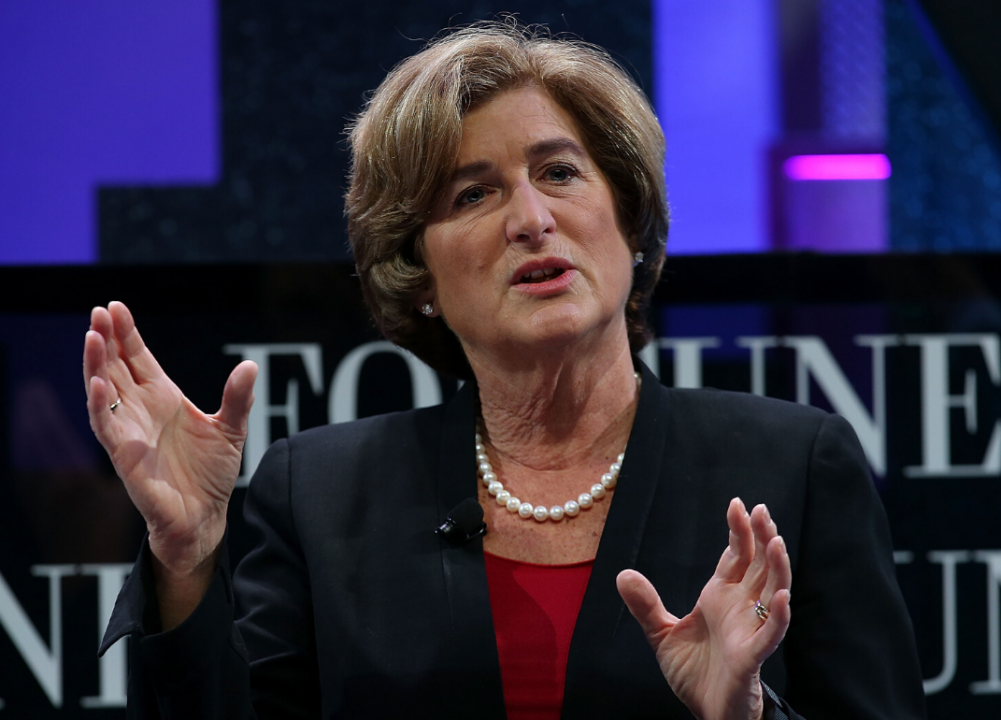
Justin Sullivan // Getty Images
Denise Morrison
Denise Morrison served as Campbell Soup Company’s first woman leader in 2011. She has been called a “hero of conscious capitalism” for her efforts turning Campbell into a more purpose-driven business. Under her leadership, the company developed new standards of transparency, created organic products, reduced food waste, and eliminated wasteful packaging.
You may also like: Countries with the most oil and who they’re selling it to
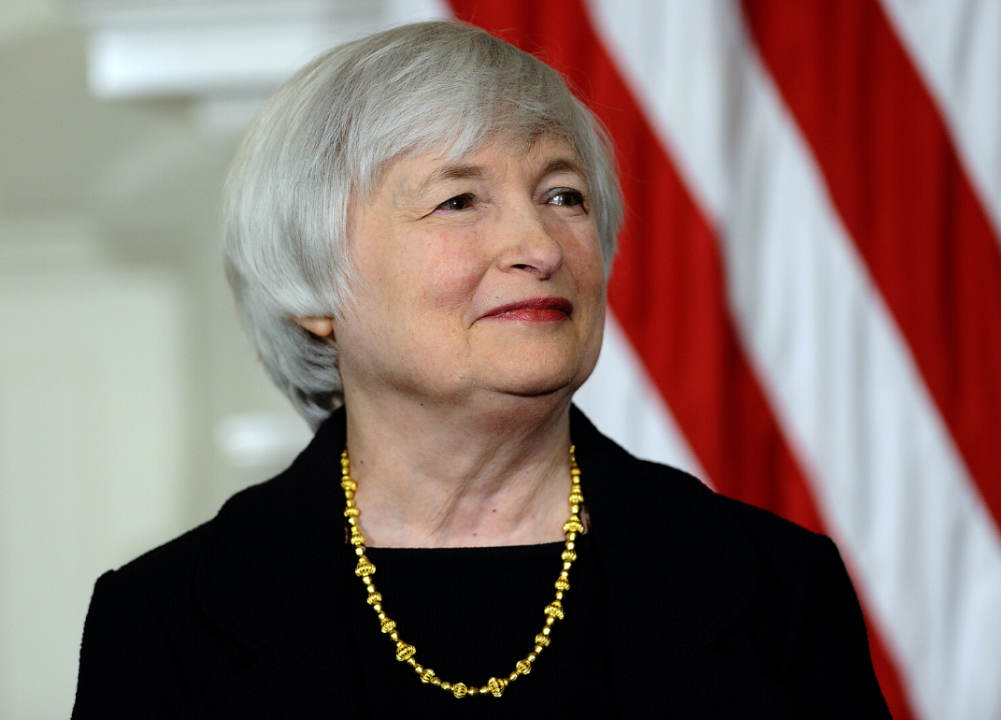
Jewel Samad // Getty Images
Janet Yellen
Economist Janet Yellen became the first woman to chair the Federal Reserve in 2014. She is credited with helping to boost the economy throughout her tenure at the central bank. She became the 78th U.S. treasury secretary on Jan. 26, 2021.
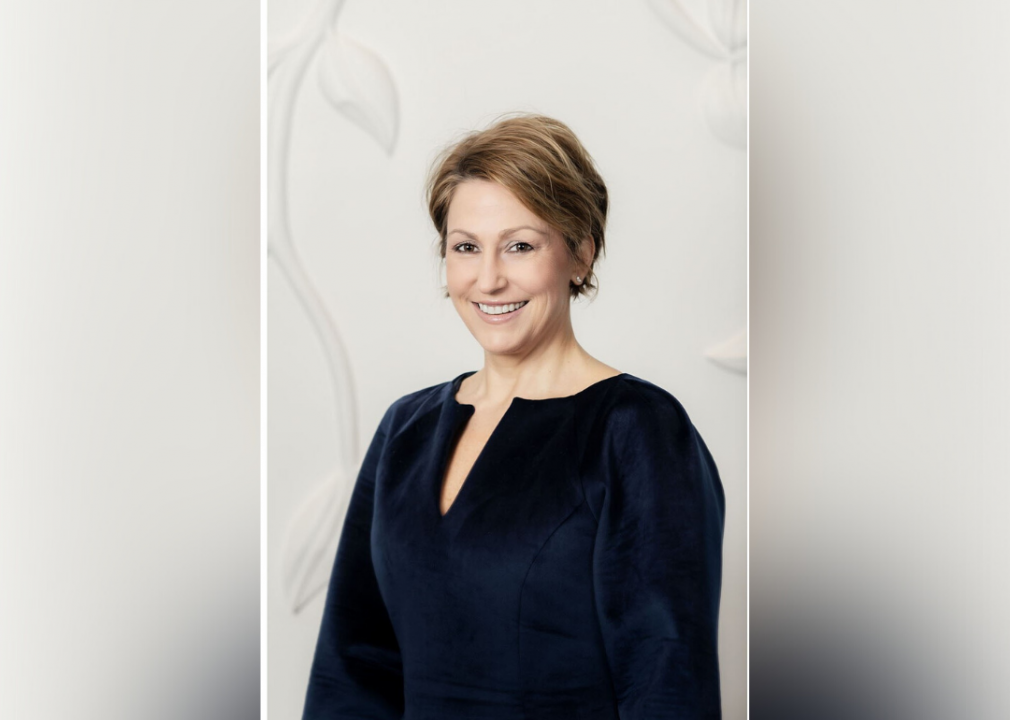
Courtesy of Mylan
Heather Bresch
The first woman to lead a major pharmaceutical company is Heather Bresch, who served as chief executive of Mylan from 2012 until 2020.
She started working at Mylan 20 years prior when she was hired to type prescription labels in the basement of a factory. Mylan and Bresch received intense scrutiny over the years for inflating EpiPen costs, federal investigations of the company, and executive pay. Bresch helped to steer Mylan from a 300-employee company making $100 million in revenue in one country to a 45,000-employee business bringing in $20 billion across 165 countries.

Rodin Eckenroth // Getty Images
Ann Sarnoff
Warner Bros. hired its first woman chief executive, Ann Sarnoff, in mid-2019. While she was an outsider to Hollywood, she had already built an illustrious career as an executive at Dow Jones, Viacom, BBC Studios Americas, and the WNBA.
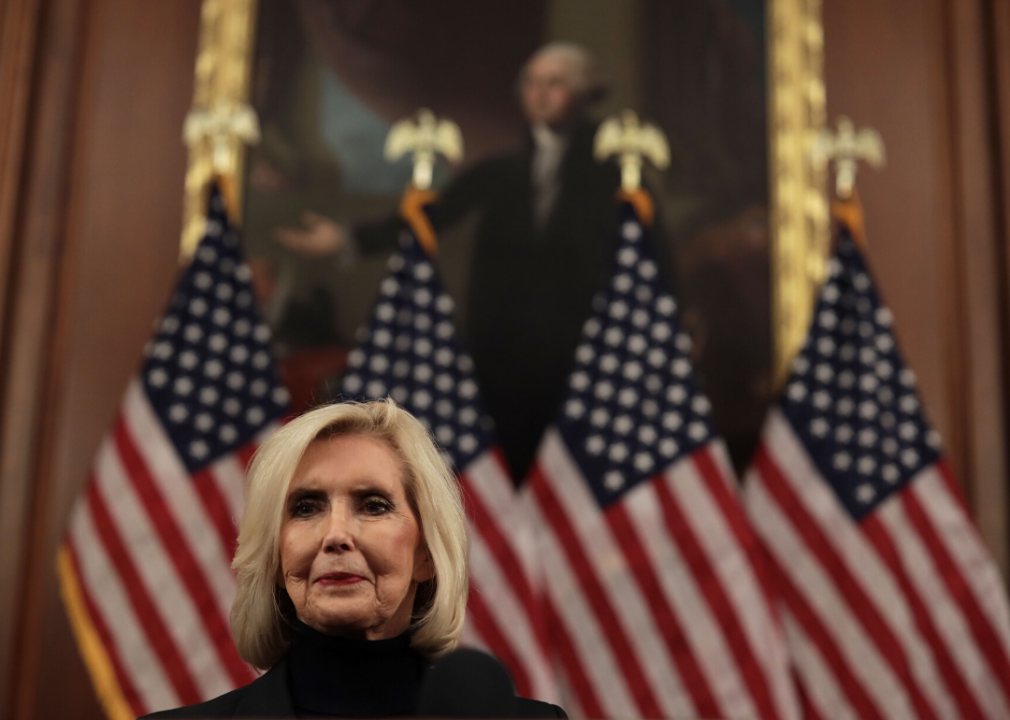
Alex Wong // Getty Images
Lilly Ledbetter
Lilly Ledbetter in 1998 sued her employer, Goodyear Tire and Rubber Company, after she discovered she was paid less than her male co-workers for doing the same work. She was initially awarded $3.3 million, but the U.S. Supreme Court overturned the ruling in 2007. Ledbetter continued to work on equal pay issues for women despite the setback. In 2009, President Barack Obama signed a law named after Ledbetter to allow workers to report their employers to the Equal Employment Opportunity Commission for wage discrimination.
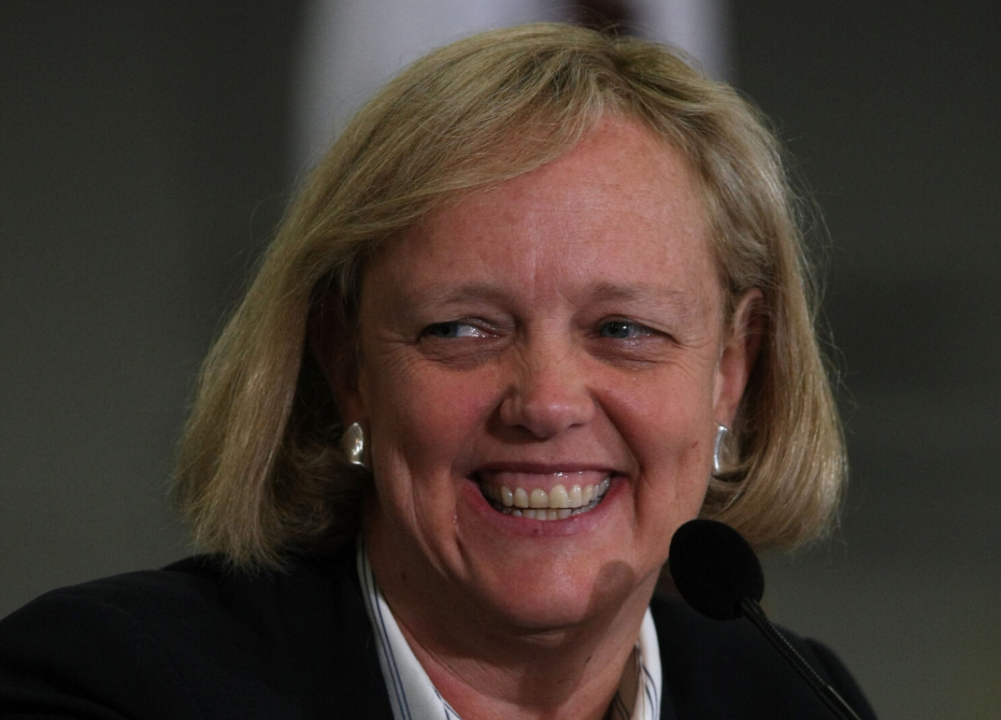
Justin Sullivan // Getty Images
Meg Whitman
Meg Whitman served as the chief executive of eBay from 1998 to 2008, turning a “quirky little company” into a multibillion-dollar powerhouse. A legend in the business of information technology, Whitman also worked with other high-profile companies including Hewlett-Packard, Dropbox, and Quibi.
You may also like: History of hold and which countries have the most
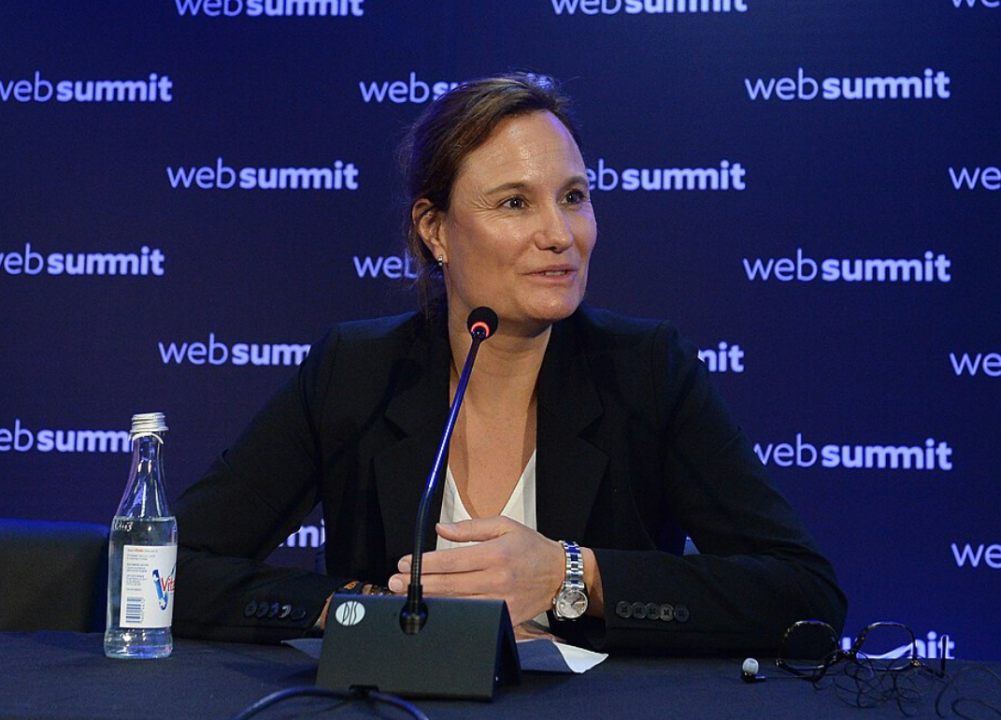
Web Summit // Wikimedia Commons
Gillian Tans
Gillian Tans held the role of chief executive officer of Booking.com from 2016 until June 2019. During her tenure, she was one of the world’s highest-paid leaders in the online travel space, with a total compensation of $14.47 million in 2018.
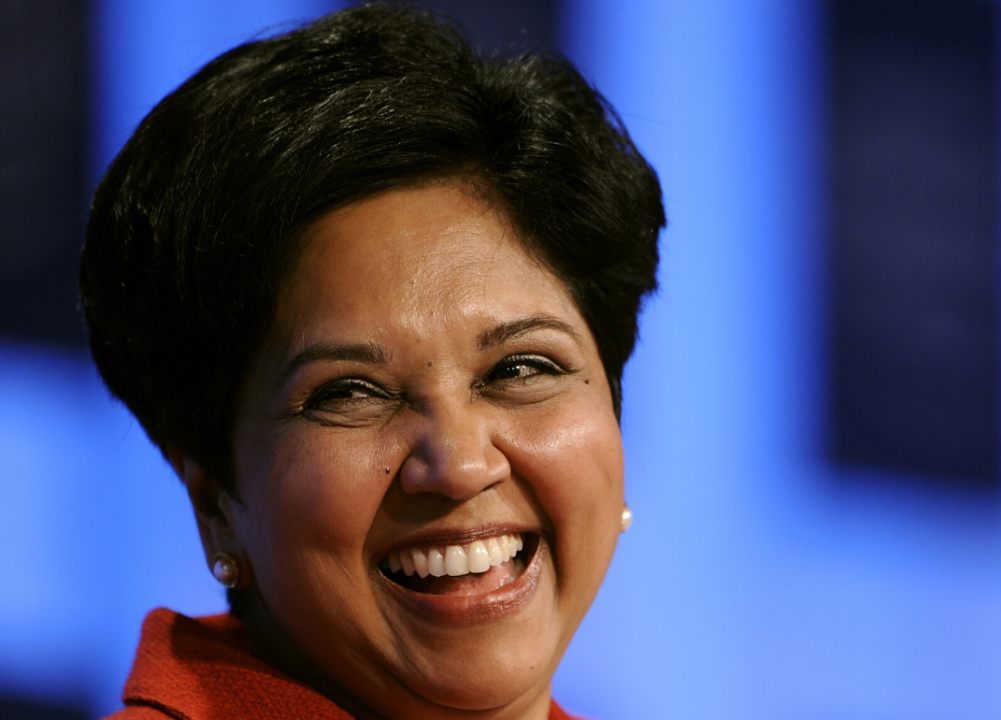
Fabrice Coffrini // Getty Images
Indra Nooyi
During her time as chief executive officer of PepsiCo, Indra Nooyi became an outspoken proponent for diversity and public dialogue about the difficult choices women are forced to make in pursuit of their careers. She left PepsiCo in 2017, at a time when her annual salary was $31 million. Today, she serves on the boards of Amazon and the International Cricket Council.
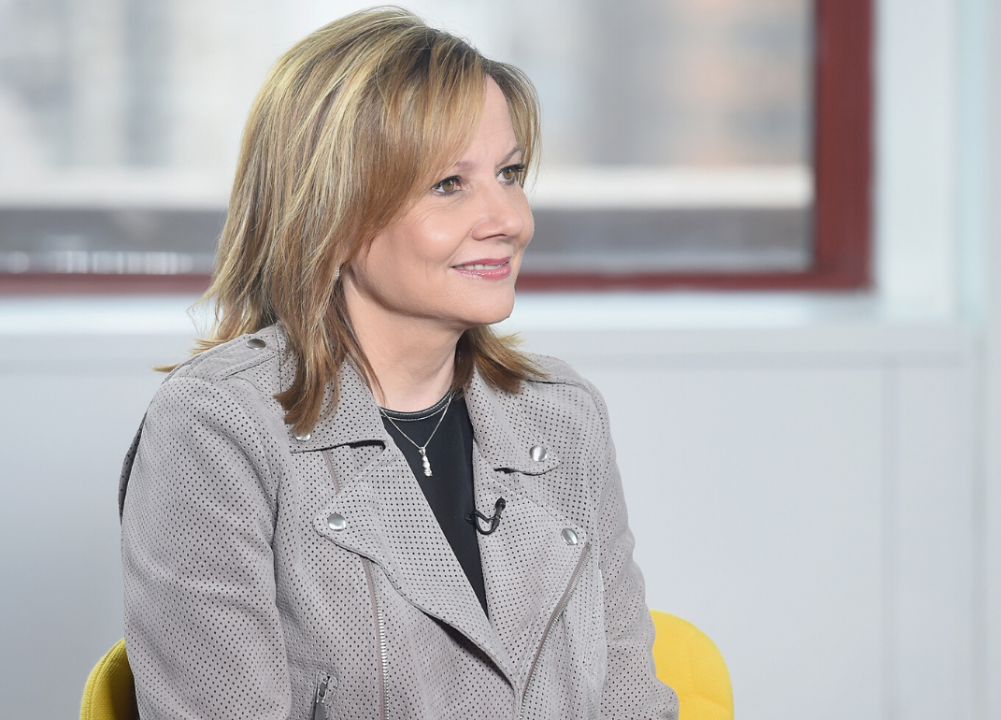
Jamie McCarthy // Getty Images
Mary Barra
When Mary Barra took over General Motors in 2014, she was the first woman to become a chief executive of a major automaker. She helped the company recover from bankruptcy, a massive recall, and sales of certain divisions. Business Insider once called her “the best CEO the company has ever had.”
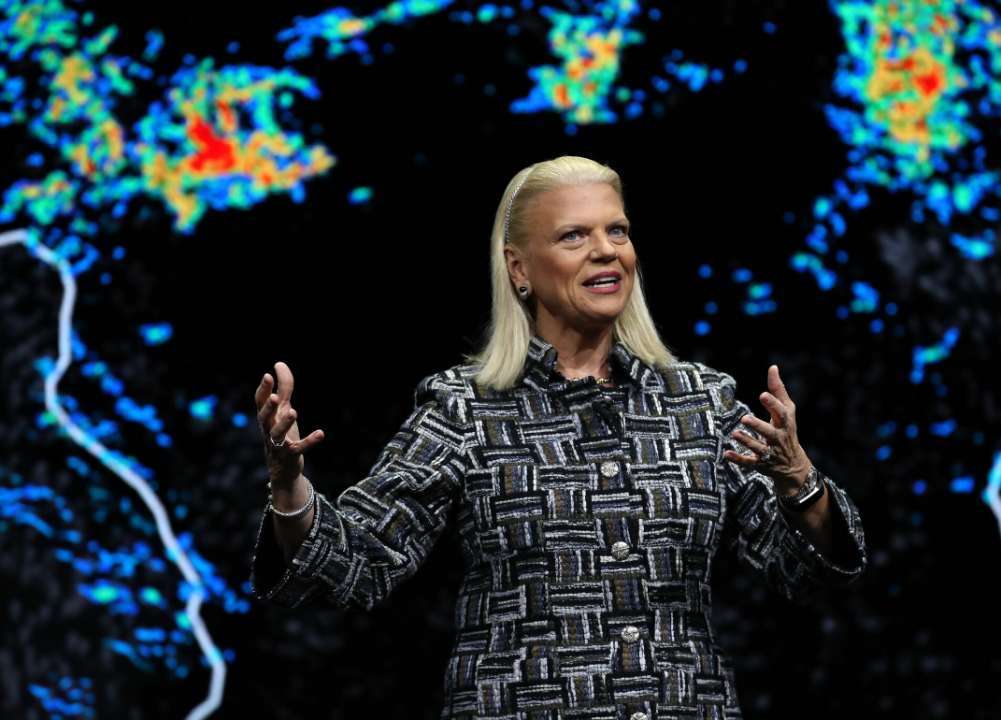
Justin Sullivan // Getty Images
Virginia Rometty
Virginia Rometty put in 30 years at IBM before the tech giant tapped her to become the first woman to lead the 100-year-old firm. Rometty’s stellar business performance landed her on several prestigious round-ups, including Time magazine’s “100” list, Fortune’s “50 Most Powerful Women in Business,” and “The World’s 100 Most Powerful Women” from Forbes.
Rometty’s eight years as CEO ended in 2020 when she retired from IBM.

Frazer Harrison // Getty Images
Rihanna
When award-winning performing artist Rihanna launched her makeup brand, Fenty Beauty, in 2017, she showed the world that inclusive cosmetics are a recipe for business success. The first line included a whopping 40 different tones of foundation, many of which sold out right away. Time named it one of the best inventions of 2017. Today, the Barbadian actor, businesswoman, fashion designer, and singer is worth approximately $1.7 billion.
You may also like: The most unionized states
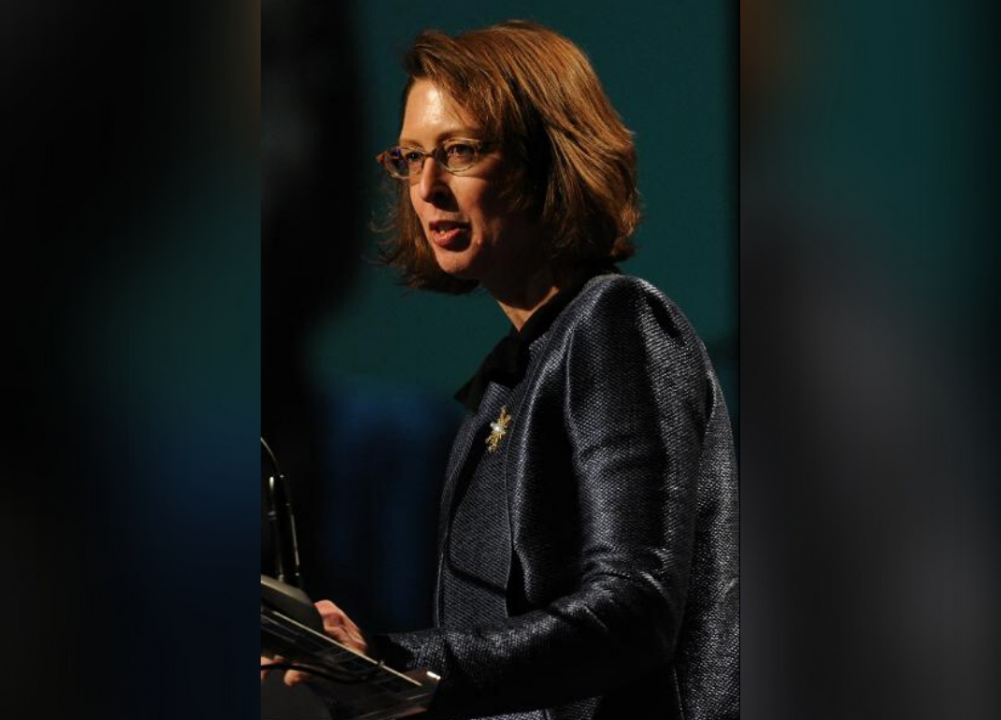
Singhaniket255 // Wikimedia Commons
Abigail Johnson
Following in her father’s footsteps, Abigail Johnson took over the chief executive role at Fidelity in 2014. She was the first woman to sit on the board of the Financial Services Forum, a political advocacy group composed of high-profile chief executives in finance.
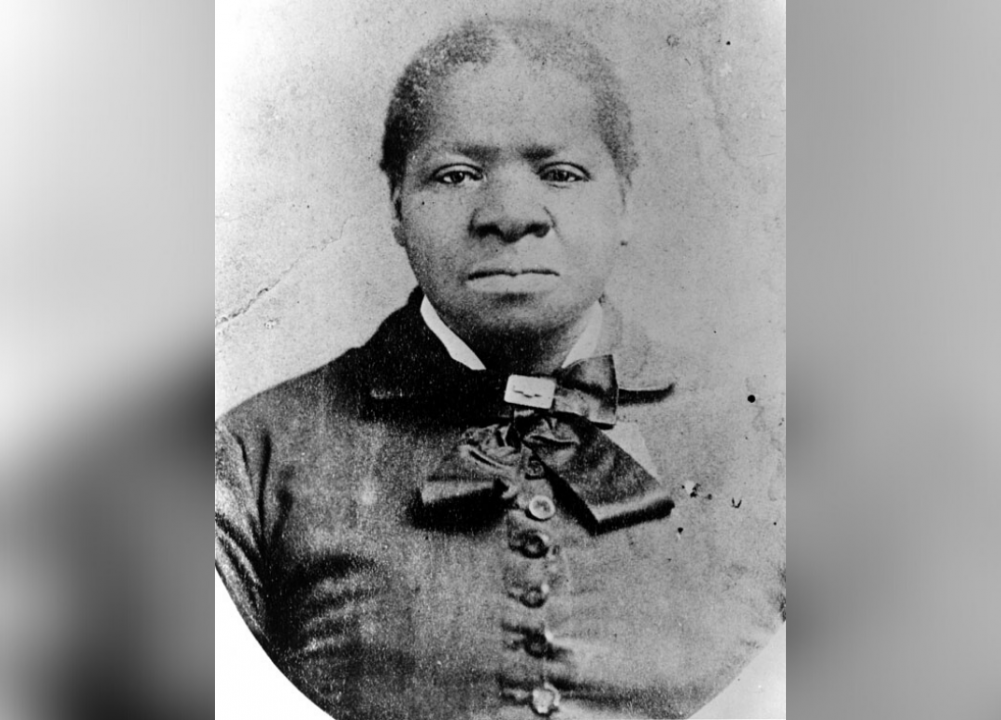
Public Domain // Wikimedia Commons
Bridget Mason
After escaping slavery with her daughters, Bridget “Biddy” Mason became one of the earliest Black women in the U.S. to own land after purchasing a $250 commercial property in Los Angeles. It was the seed of what would eventually become a real estate empire valued at $300,000 in 1884. Not only a business woman, Mason was also a philanthropist in her community and helped open the first African American church in Los Angeles.
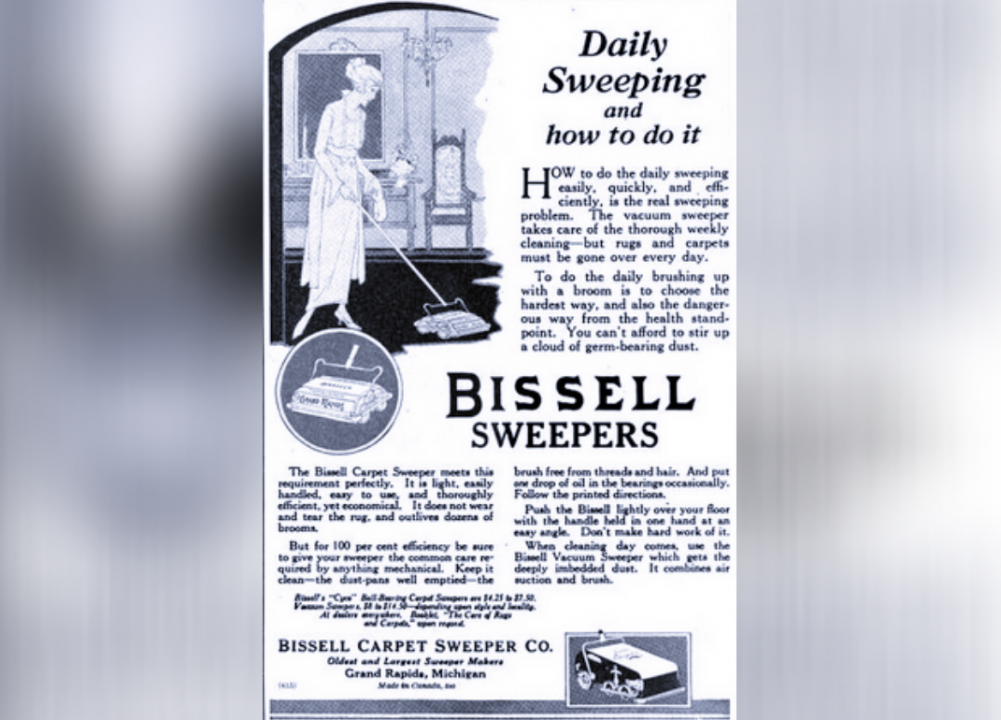
George D. Buckley // Wikimedia Commons
Anna Bissell
The first female chief executive in the U.S. was Anna Bissell. She took over the Bissell Company in 1889 when her husband Melville passed away. As a leader, she implemented progressive policies, like worker’s compensation and pensions, for employees at Bissell.
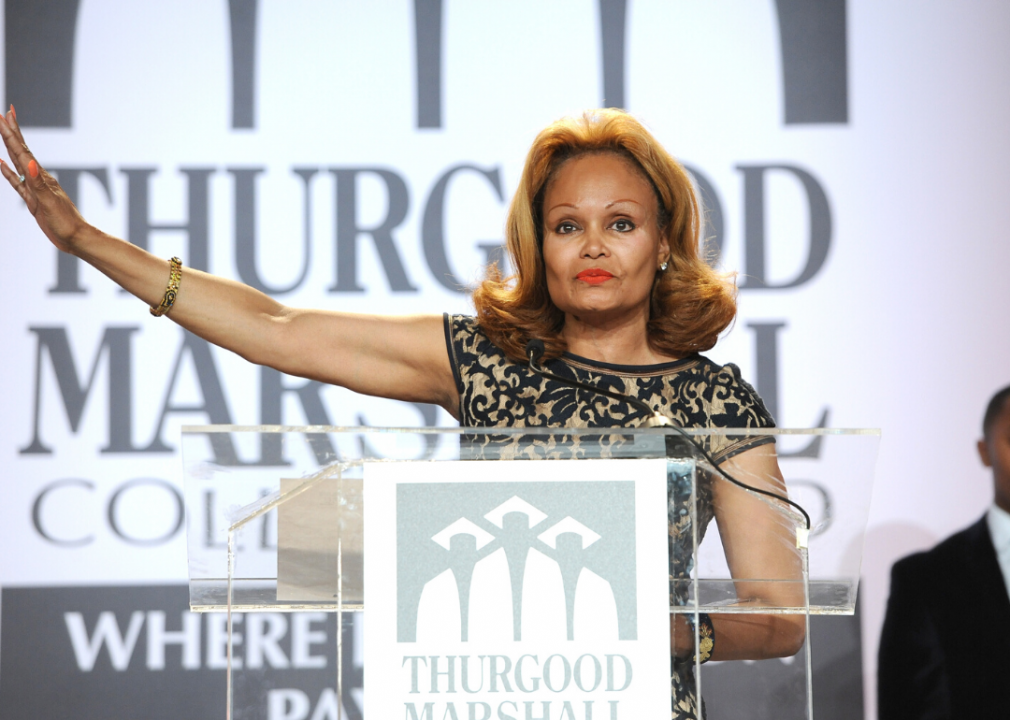
Larry Frenc // Getty Images for Thurgood Marshall College Fund
Janice Bryant Howroyd
Janice Bryant Howroyd, founder and chief executive of Act 1 Group staffing agency, is credited with being the first Black woman to head up a business with revenue that exceeds $1 billion. An entrepreneur, she owns a strong portfolio of real estate, manages 17,000 clients, and is reportedly worth $420 million.

Ben Gabbe // Getty Images
Katrina Lake
Stitch Fix founder Katrina Lake took her personal styling company public, becoming the youngest female founder in history to do so. She maintained a majority-female board and workforce at the company and was applauded for taking 16 weeks of parental leave while leading a public company.
You may also like: 50 best colleges on the East Coast

Intel Free Press // Wikimedia Commons
Radia Perlman
Radia Perlman is a prominent inventor who holds more than 100 U.S. patents. Her work played an important role in making the internet what it is today. She is also a part of the National Academy of Engineering.

Ilya S. Savenok // Getty Images
Barbara Corcoran
As a waitress, Barbara Corcoran borrowed $1,000 and launched what would become New York City’s first real estate firm owned by women—the Corcoran Group. She sold the business for $66 million nearly two decades ago and now invests in other businesses on “Shark Tank.”
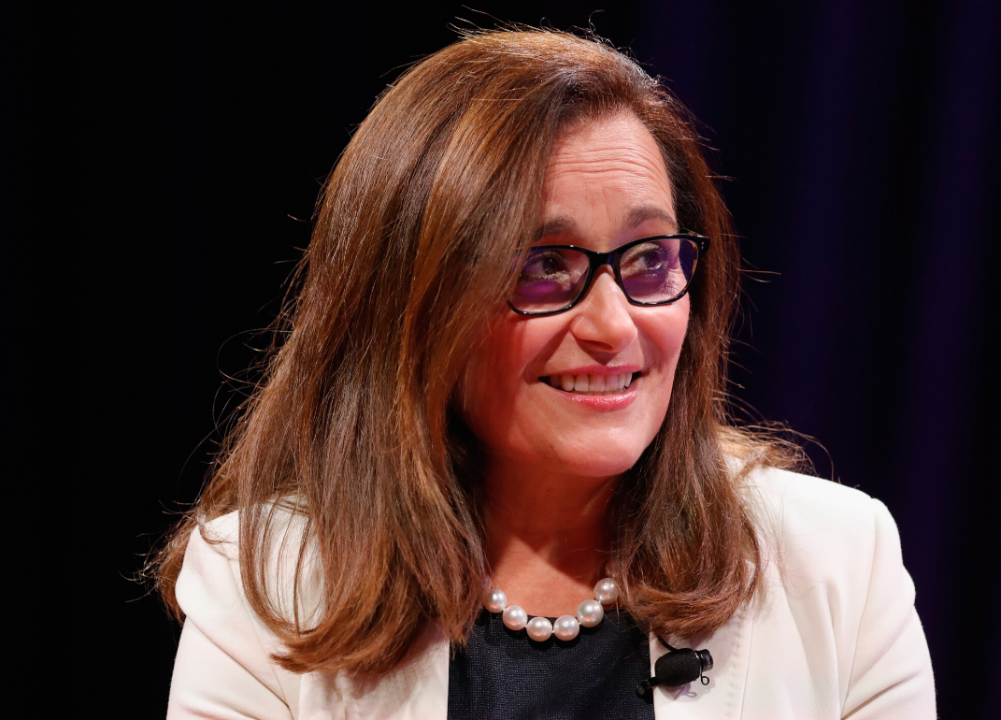
Paul Morigi // Getty Images
Geisha Williams
When she escaped Cuba at 5 years of age in 1967, Geisha Williams had no idea she’d eventually become the first woman of Latin descent to head up a Fortune 500 company, PG&E. She was dedicated to driving the company toward renewable energy solutions.
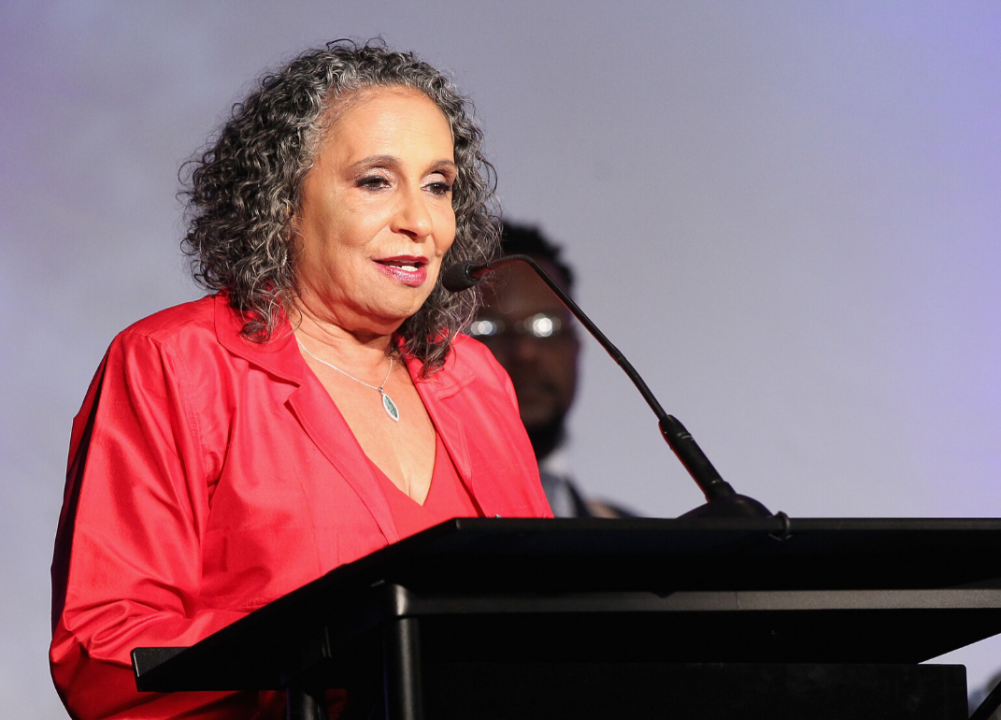
Terry Wyatt // Getty Images
Cathy Hughes
Raised in housing projects, Cathy Hughes went from a tough upbringing to become the first African American woman to lead a publicly-traded company, Radio One. The National Association of Broadcasters added her to its hall of fame in 2019.
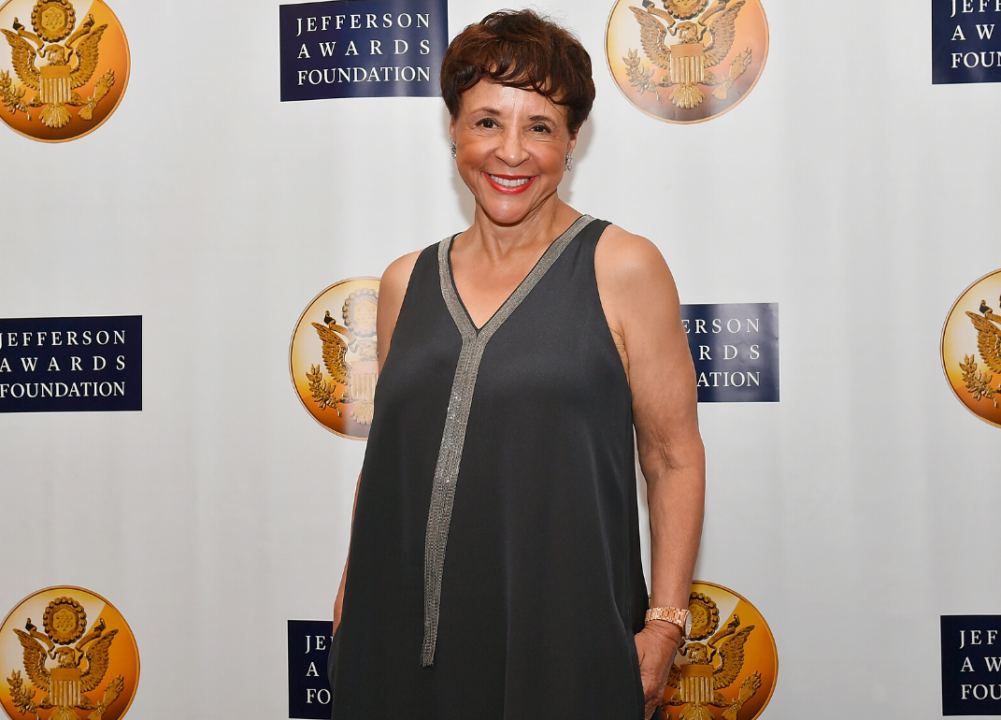
Larry French // Getty Images
Sheila Johnson
There were no Black billionaires in the U.S. until 2000, when Sheila Johnson and her former spouse, Robert, sold Black Entertainment Television for $2.34 billion. She also made strides for Black women in sports when she became the first Black woman to be a partner or owner of three sports teams at the professional level.
You may also like: Worst jobs in America
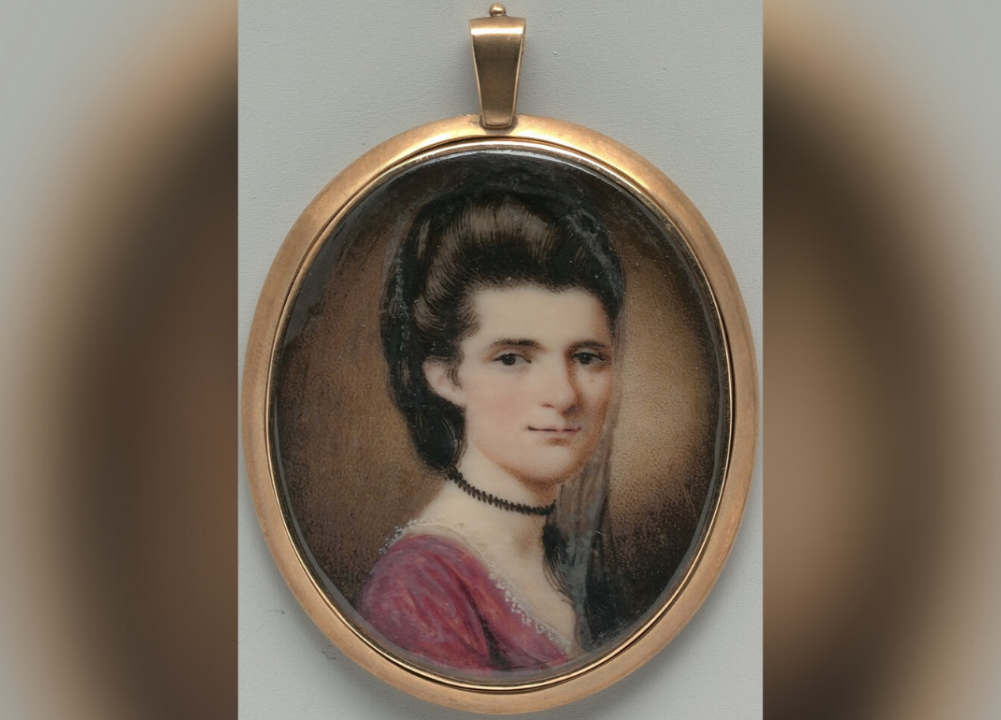
Public Domain // Wikimedia Commons
Elizabeth Timothy
The first woman to edit and publish a newspaper in the United States was Elizabeth Timothy, who brought the South Carolina Gazette back from hiatus in the 1730s. At the time, only men could hold that position, so the paper listed her son, Peter, on its masthead.
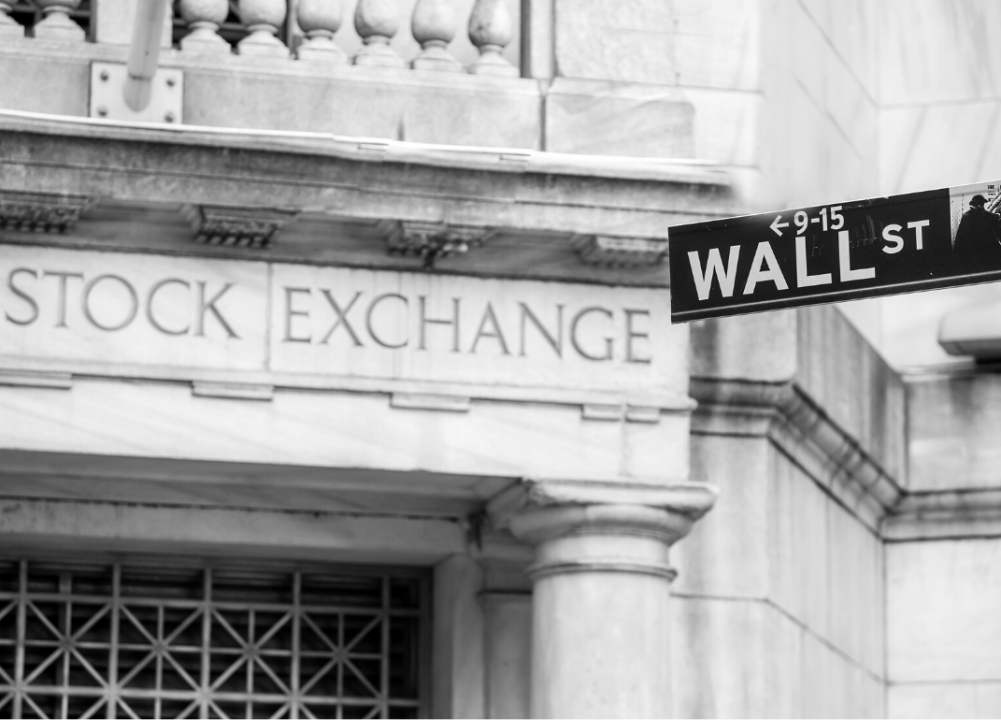
f11photo // Shutterstock
Isabel Benham
Isabel Benham is considered to be one of the first female partners at a financial firm on Wall Street, RW Pressprich & Co. She built a reputation as one of the industry’s top railway analysts.

Mike Mozart // Flickr
Mary Winston
When Mary Winston was named interim chief executive officer of Bed Bath & Beyond, she was only the second Black woman in history to lead a Fortune 500 company. She had previously held leadership positions at Family Dollar Stores, Scholastic, and Pfizer, among other major corporations.
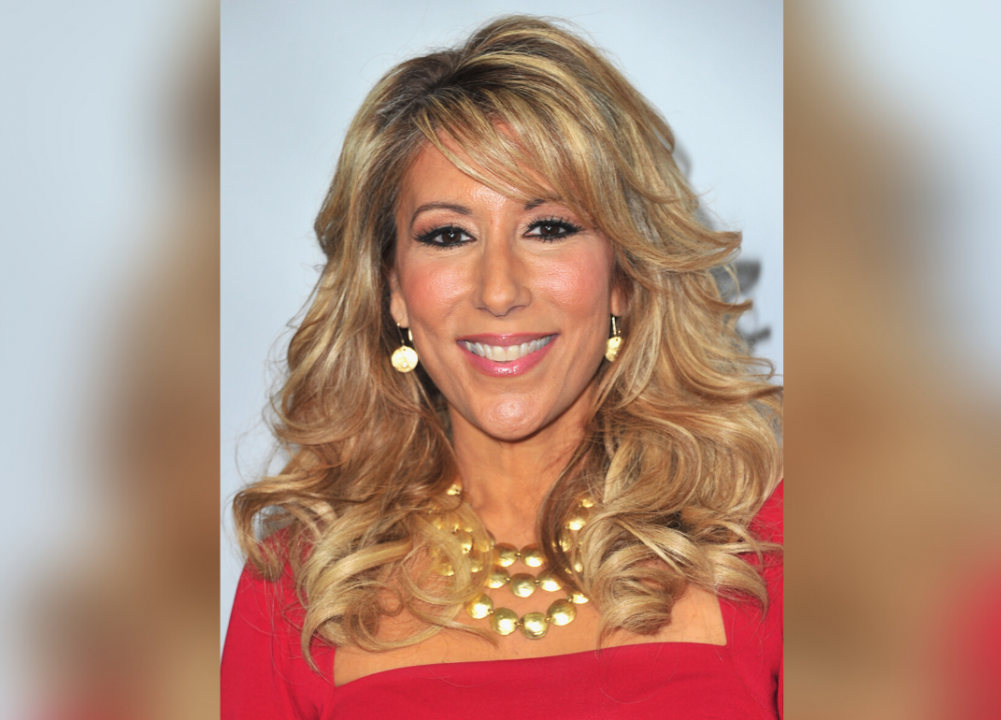
Alberto E. Rodriguez // Getty Images
Lori Greiner
Holding over 120 patents, Lori Greiner is a self-made inventor who has developed more than 700 products. She invests in start-up businesses on the show “Shark Tank” and has achieved a 90% success rate on the products she has launched.
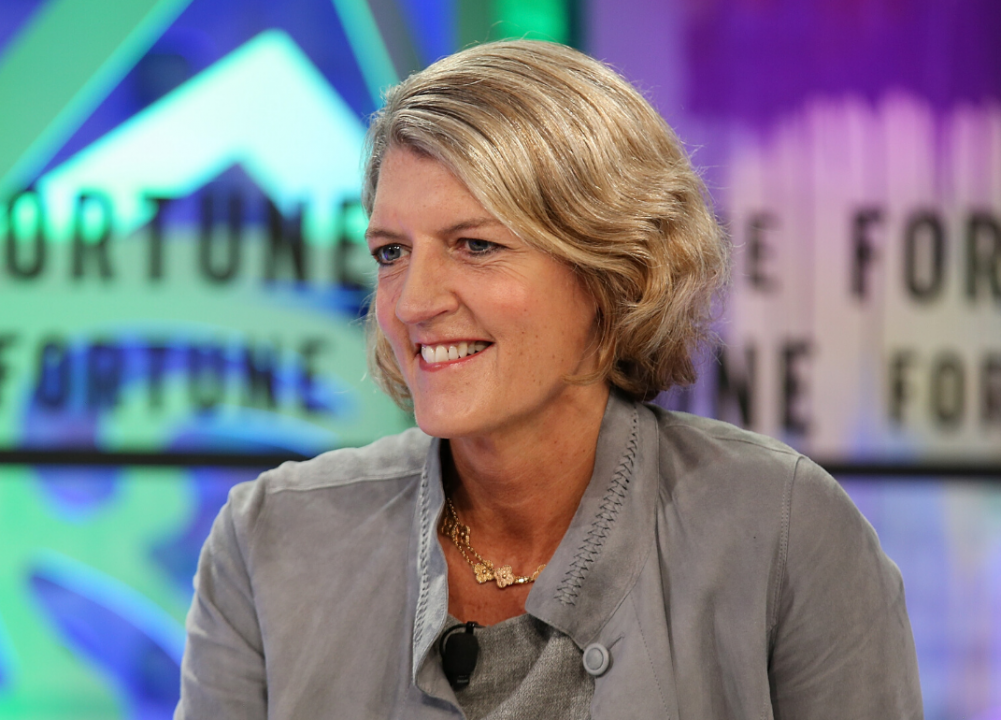
Phillip Faraone // Getty Images
Beth Ford
Beth Ford, chief executive of Land O’Lakes, is the first publicly gay woman to lead a Fortune 500 firm. She is considered a role model in business for the LGBTQ+ community.
You may also like: Most rural counties in America
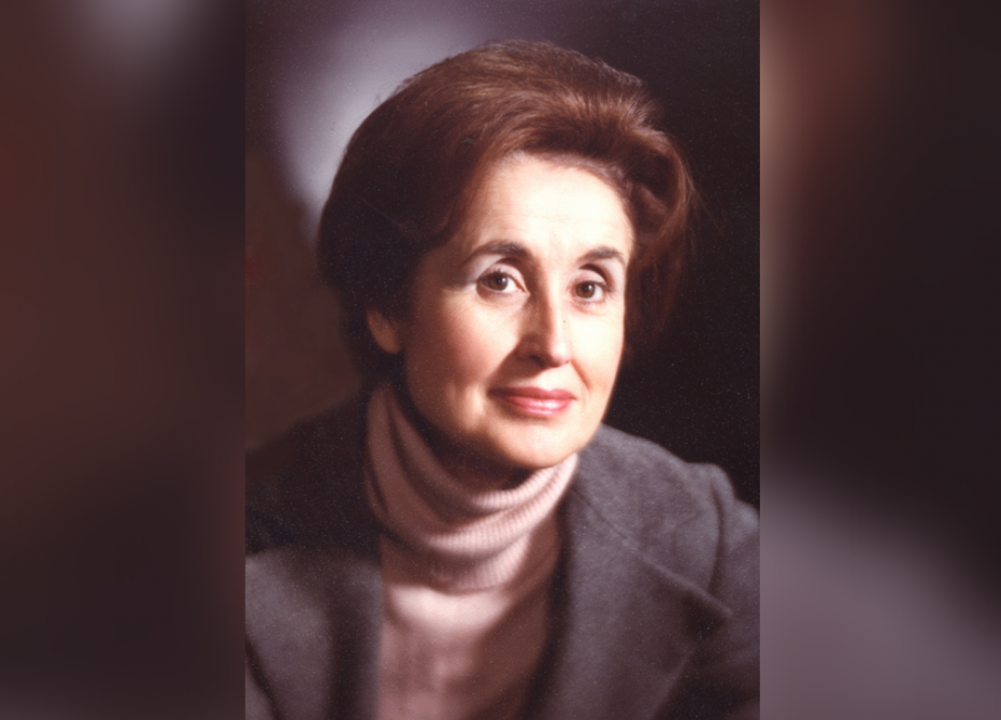
Public Domain // Wikimedia Commons
Juanita Kreps
Juanita Kreps became the first woman to direct the New York Stock Exchange in 1972. She also held leadership roles at several other household-name companies, including Citicorp, JCPenney, and AT&T.
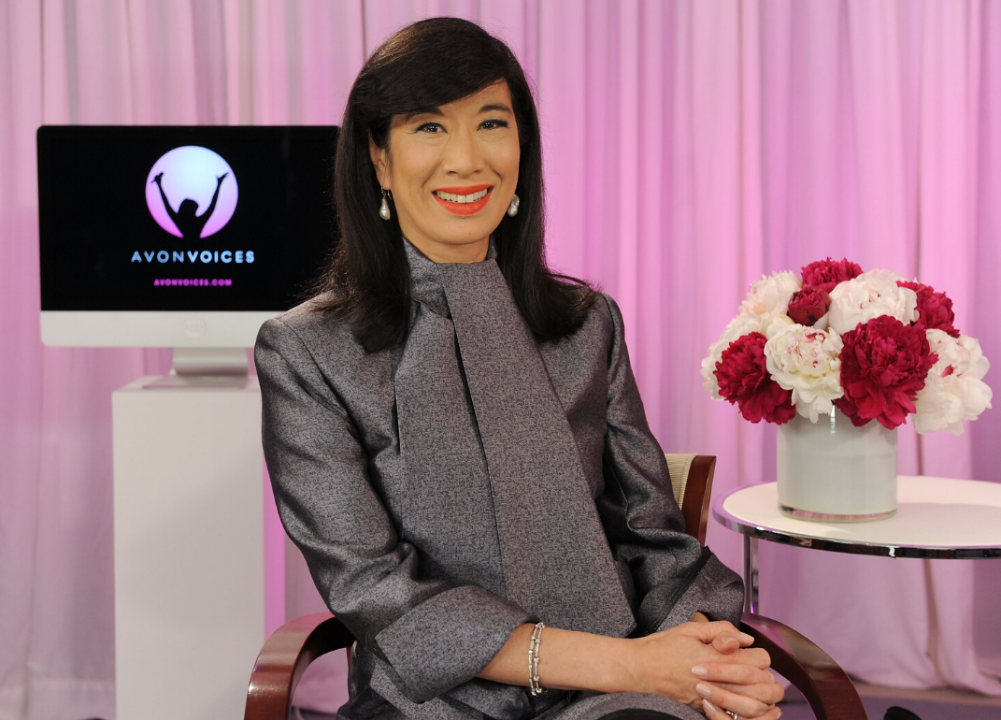
Dimitrios Kambouris // Getty Images
Andrea Jung
Just five years after landing at Avon, Andrea Jung was promoted to the chief executive officer of the company in 1999. She held the role for 13 years, earning her the title of “the longest-tenured female CEO in the Fortune 500,” according to Yahoo News.
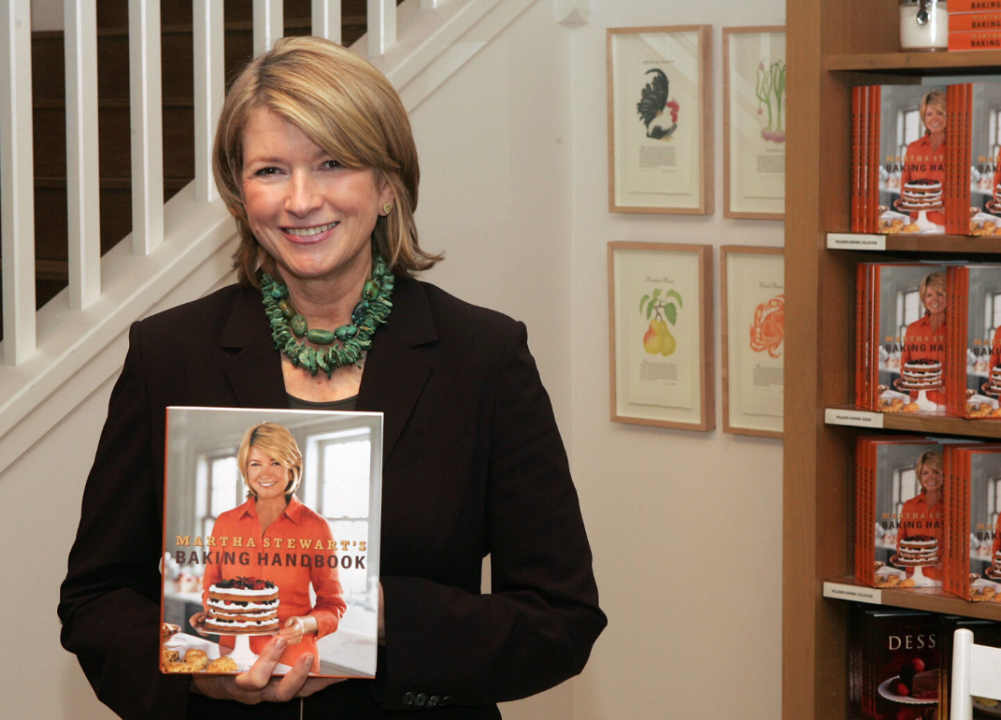
Peter Kramer // Getty Images
Martha Stewart
Martha Stewart turned the art of homemaking into a series of impressive businesses that allowed her to become the nation’s first self-made woman billionaire. Her businesses include a magazine, home goods, TV shows, and books.

Jim Watson // Getty Images
Kathy Warden
Kathy Warden took over as chief executive officer of Northrop Grumman in early 2019. With Warden at the helm, the defense contractor earned new contracts valued at nearly $26 million and saw its stock price climb 50%.

Katherine Welles // Shutterstock
Debra Crew
When Debra Crew took over the role of chief executive of Reynolds American in 2017, she became “the first woman to succeed another woman as CEO of a Fortune 500 company,” according to Fortune. Before that role, she was president of R.J. Reynolds Tobacco Company.
You may also like: 50 company logos, then and now